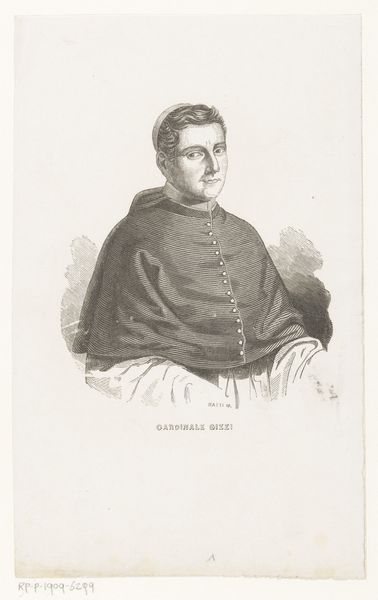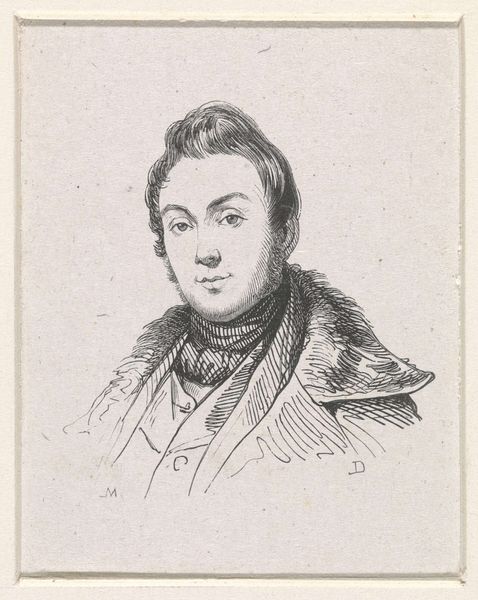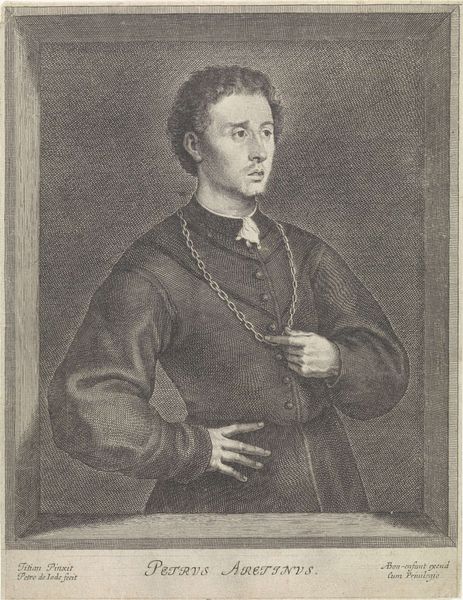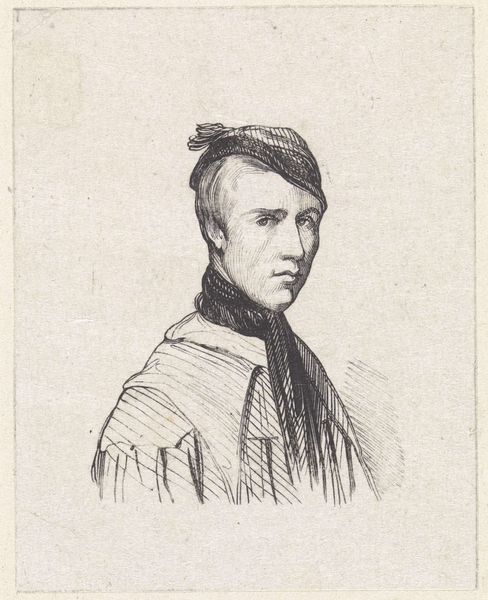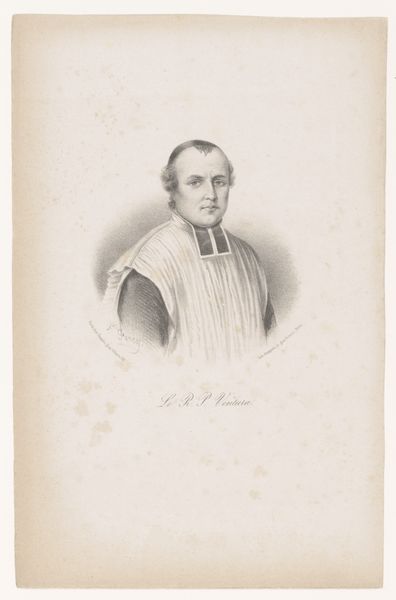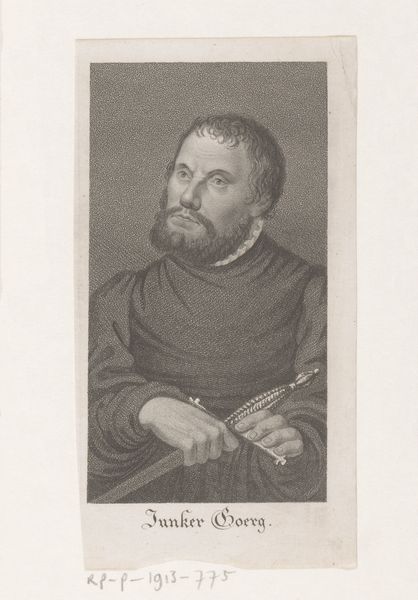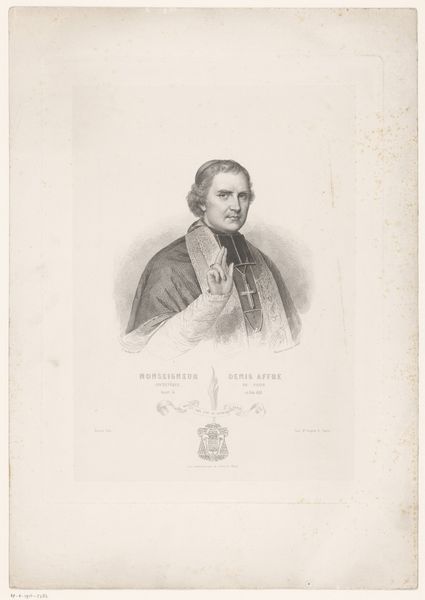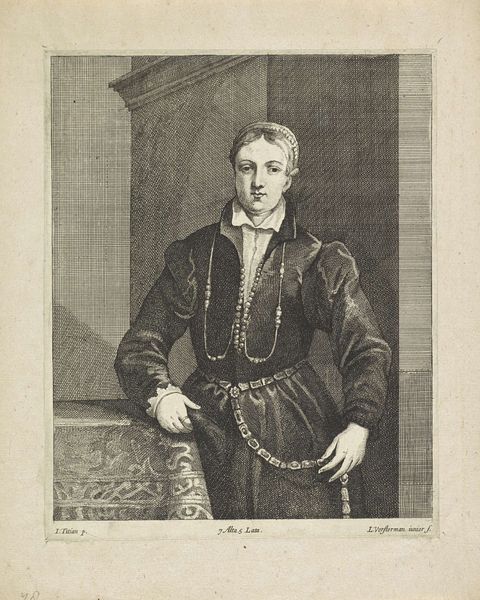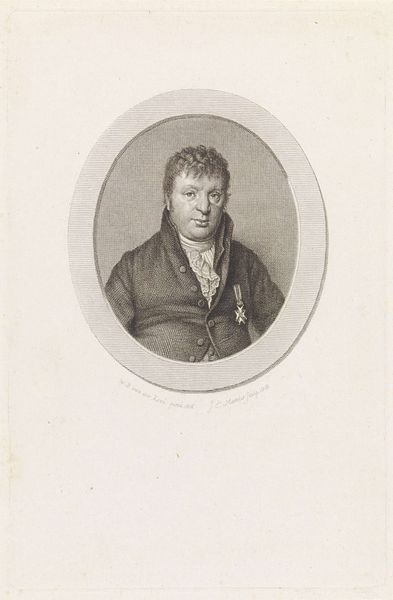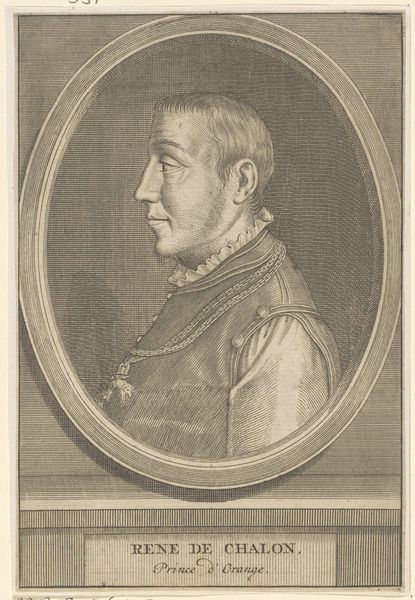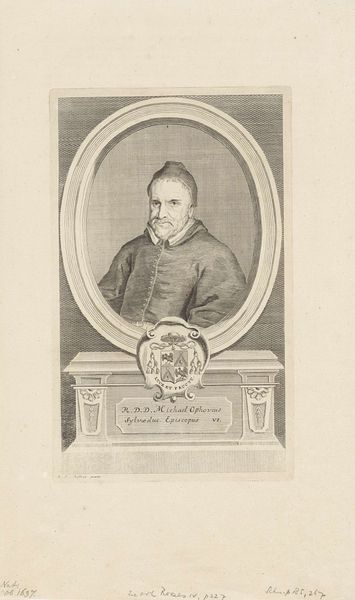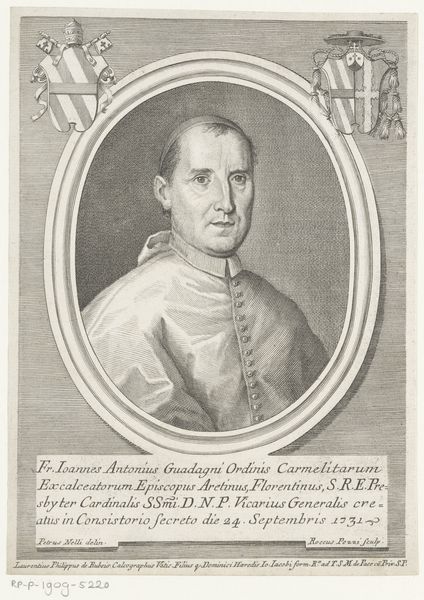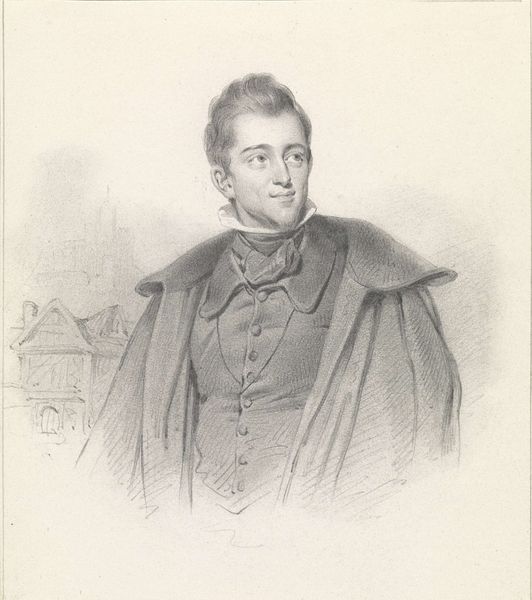
drawing, pencil
#
portrait
#
drawing
#
pencil drawing
#
romanticism
#
pencil
#
realism
Dimensions: height 212 mm, width 165 mm
Copyright: Rijks Museum: Open Domain
Curator: Welcome. We are looking at a self-portrait by Jacobus Ludovicus Cornet, made between 1835 and 1855. It’s a pencil drawing currently housed in the Rijksmuseum. Editor: My first thought is how subtly rendered it is. There’s a real softness in the face and clothing, created through delicate pencil strokes. The details in his hair and around the eyes particularly stand out, as does his palette in hand. Curator: Absolutely. As a historical figure, Cornet existed during a fascinating period. His work reflects a move toward both Romanticism and Realism, ideologies that often opposed one another, though there are ways they could be seen to overlap. The drawing offers insight into the role and status of the artist at this time. Artists became both elevated, individualistic subjects and workers whose practices began being further disciplined within developing academic structures. Editor: Thinking about materials, one can’t help but ponder on what specific type of pencil he employed and how the texture of the paper may have lent to the aesthetic we are seeing. This was the burgeoning age of industrial manufacturing and how might pencils made en-masse speak to an evolving labor force and mass consumerism of artist's materials? There is such a humbleness in employing just a pencil, allowing him to really examine texture and subtle gradations of value through the simplest means. Curator: The work's existence within the Rijksmuseum adds to the complexities here as well. Public collections were on the rise then, intended to cultivate national identity and taste. How might this drawing be seen in line with these larger aims? It appears simple, yet its quietness speaks volumes. Editor: Ultimately, seeing this drawing as an output of physical labor that yields to a sensitive eye grants insights into broader industrial and societal movements and ways in which it influenced how people approached image-making and creativity. Curator: Indeed, this quiet portrait tells us a lot about both its subject and the society that framed him. It allows us to understand this artist in the broader scope of social history. Editor: It’s in the delicate crafting where its quiet strengths reside.
Comments
No comments
Be the first to comment and join the conversation on the ultimate creative platform.
